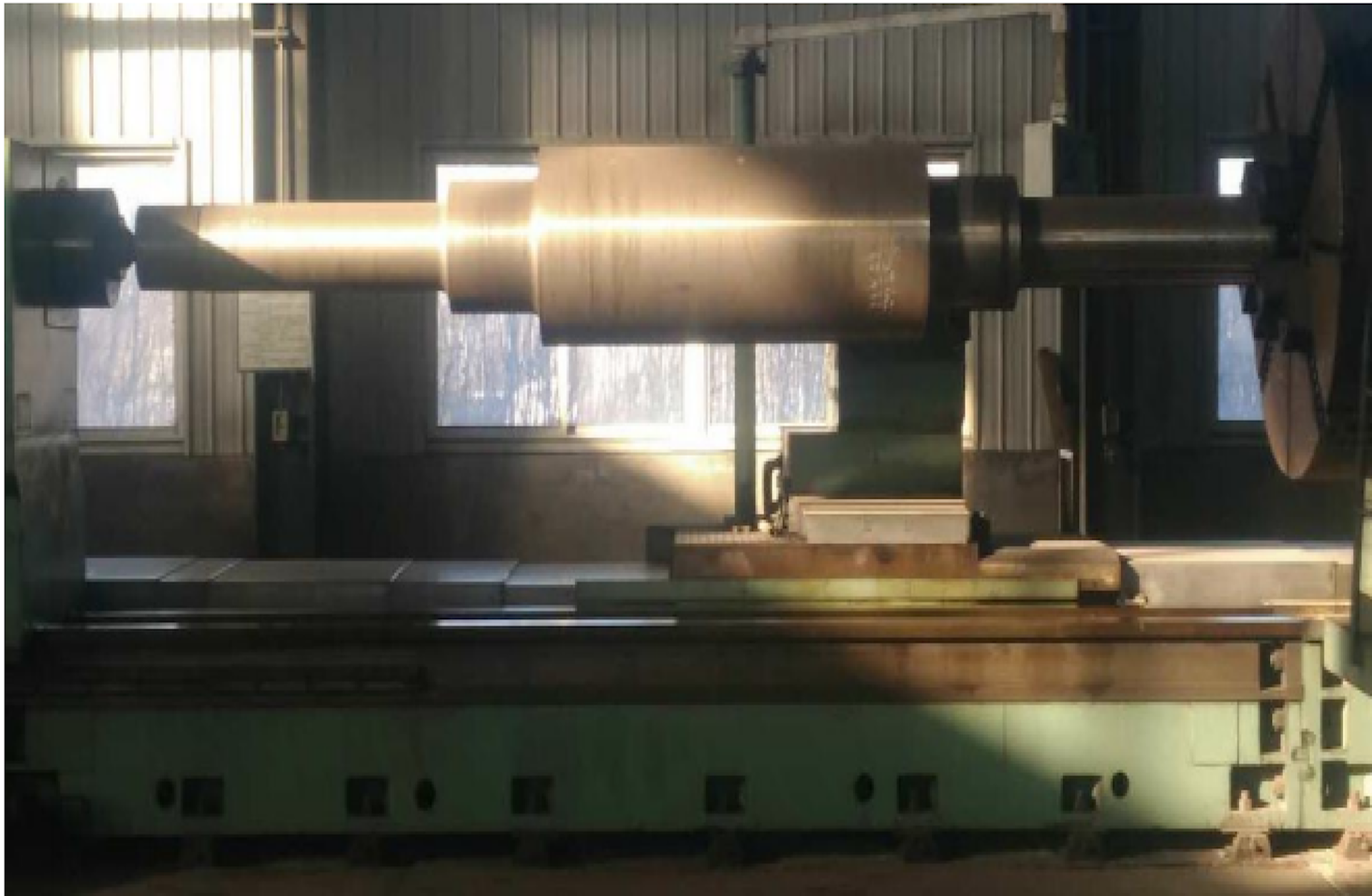Characteristics of Forgings
Release time:
Apr 04,2023
Forging is the collective name of forging and stamping. It uses the anvil block, hammer head, punch of forging machinery or through the die to increase the pressure on the blank, and then produces plastic deformation to obtain parts of the required size and shape. In the forging processing, the blank as a whole will be significantly deformed, there will be a lot of plastic flow; in the stamping process, the blank is usually formed by changing the spatial position of the area of each part, and there will be no plastic flow with a large distance inside. Characteristics of Forging Parts 1. Forging can change the metal structure and improve the metal performance. After hot forging of the ingot, the original cast holes, looseness, and microcracks are compacted, and the structure is broken, so that the grains become finer; at the same time, the uneven distribution and segregation of the original carbides are changed, and the organization is uniform., Dense, good performance forgings. 2. Forging is to make the metal plastic flow and make the required workpiece. After the metal material is subjected to the external force plastic flow, the volume will not change, and the metal always flows to the place where the resistance is small. 3. Forging can improve the internal quality of forgings, mainly to improve its mechanical properties (toughness, strength, fatigue strength, plasticity) and reliability. More rigorous and extensive nondestructive testing of forgings. 4. The size of the forging is accurate, which is conducive to the organization of mass production. Die forging, stamping, extrusion and other applications to form a stable die, accurate size.
Forging is the collective name of forging and stamping. It uses the anvil block, hammer head, punch of forging machinery or through the die to increase the pressure on the blank, and then produces plastic deformation to obtain parts of the required size and shape.
In the forging processing, the blank as a whole will be significantly deformed, there will be a lot of plastic flow; in the stamping process, the blank is usually formed by changing the spatial position of the area of each part, and there will be no plastic flow with a large distance inside.
Characteristics of Forging Parts
1. Forging can change the metal structure and improve the metal performance. After hot forging of the ingot, the original cast holes, looseness, and microcracks are compacted, and the structure is broken, so that the grains become finer; at the same time, the uneven distribution and segregation of the original carbides are changed, and the organization is uniform., Dense, good performance forgings.
2. Forging is to make the metal plastic flow and make the required workpiece. After the metal material is subjected to the external force plastic flow, the volume will not change, and the metal always flows to the place where the resistance is small.
3. Forging can improve the internal quality of forgings, mainly to improve its mechanical properties (toughness, strength, fatigue strength, plasticity) and reliability. More rigorous and extensive nondestructive testing of forgings.
4. The size of the forging is accurate, which is conducive to the organization of mass production. Die forging, stamping, extrusion and other applications to form a stable die, accurate size.

Key words:
More news


